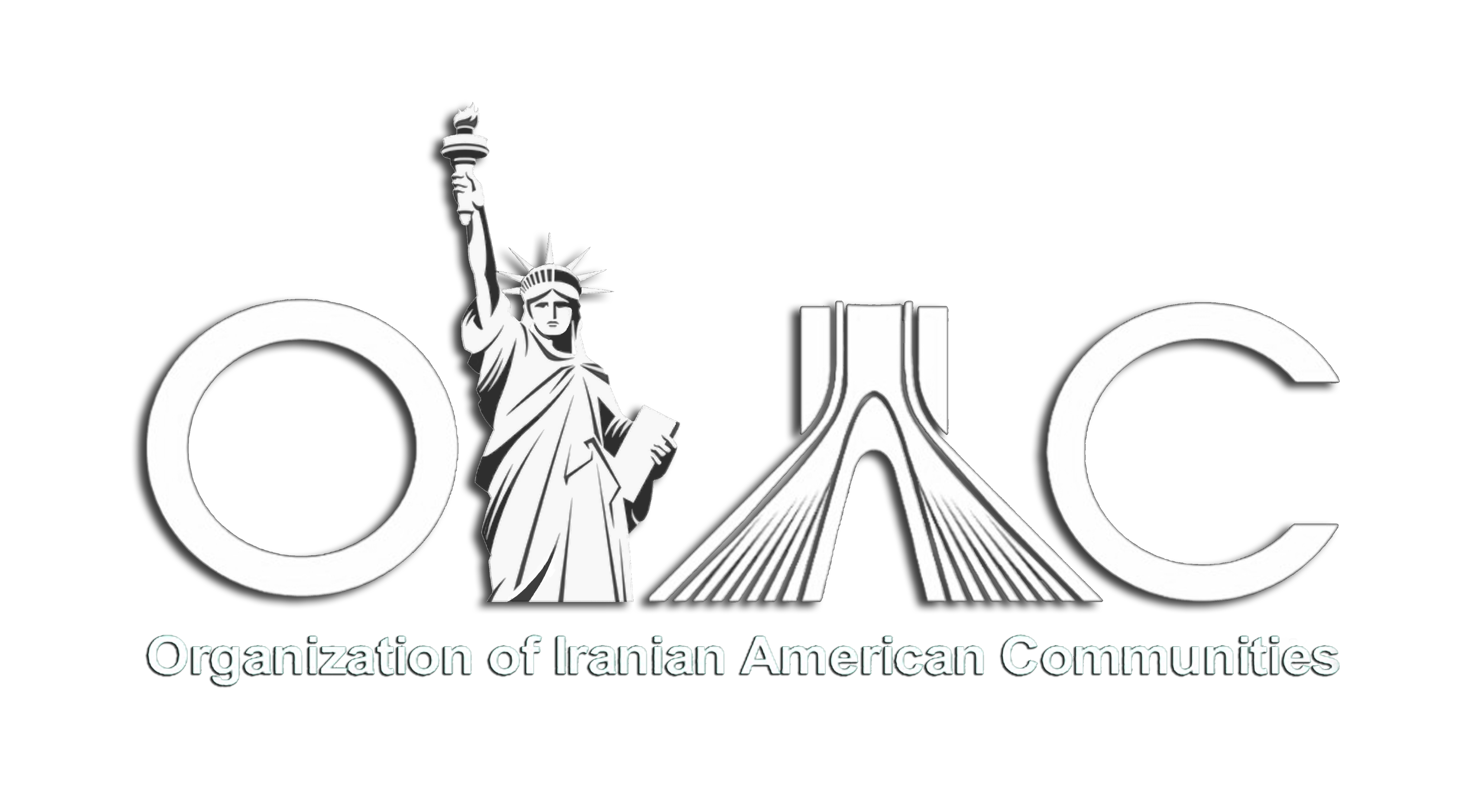With the authoritarian abuse of recent administrations and the troubled relations between Iran and the United States, Iran is too often a nation judged by its politics, suppressing appreciation of both Iranian and Persian culture. That is why it’s important for Iranians and Iranian-Americans alike to learn about the real history of their origins.
700s BC: The Achaemenid Empire
Before the seventh century BC, the ancient Iranian peoples were governed by the Assyrians in what’s called the Neo-Assyrian empire. These peoples included the Medes, Persians, and Parthians. Independence came when the Medes overthrew the Assyrians. The Persians were able to first establish themselves as a power when Cyrus the Great unified the Persians and Medes into the Achaemenid Empire. This empire became one of the world’s earliest major superpowers, and Persia eventually encompassed much of Ancient Greece and Egypt and expanded as far east as Tibet.
334 BC: Alexander the Great
During conflicts between the Persians and the Greeks, Alexander the Great rose to power and was able to conquer all of Persia. After his death in 323 BC, the Greeks slowly lost control of the region to the Parthian Empire, which grew stronger than the nearby Romans, persisting until 224 AD. At this time, the Sasanians took over and continued the region’s long-standing conflicts with Rome. It was in this era that the Persians reached their height, allowing their culture to largely shape the future Muslim population.
633 AD: Islamic Iran
Muslim forces under Muhammad were able to take over the Sasanians by 651 AD. As centuries passed, much of Persian culture was adopted and assimilated into Islam, and Persians successfully revived their culture in the 10th century. This movement led the region of Iran to unite as a uniquely Muslim Persian society, distinct from their Arab conquerors.
1501 AD: Modern Persia
The Safavid Empire was the first power to reclaim the region to the natives after the Mongol invasion in 1219. This empire, along with the Qajars, soon thereafter struggled to maintain the region for the next few centuries, dealing with many conflicts with both the Ottomans and the Russians. The Pahlavi dynasty then ruled for the majority of the 20th century. Political instability led to the revolution of 1979 and the Islamic Republic of Iran that you know today.
